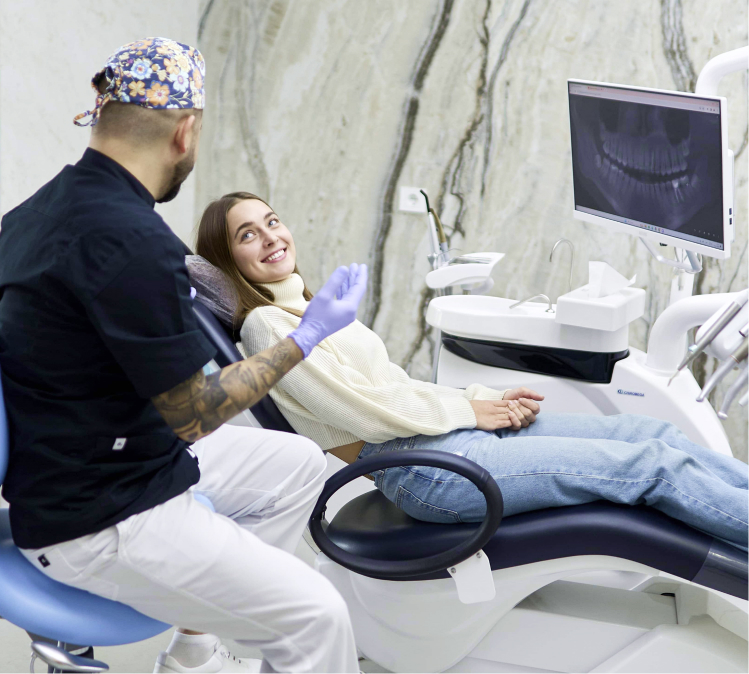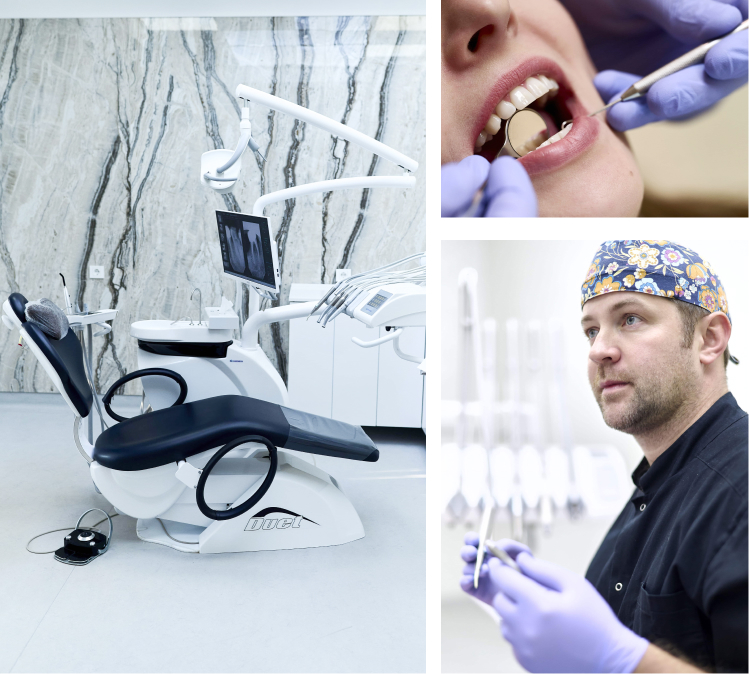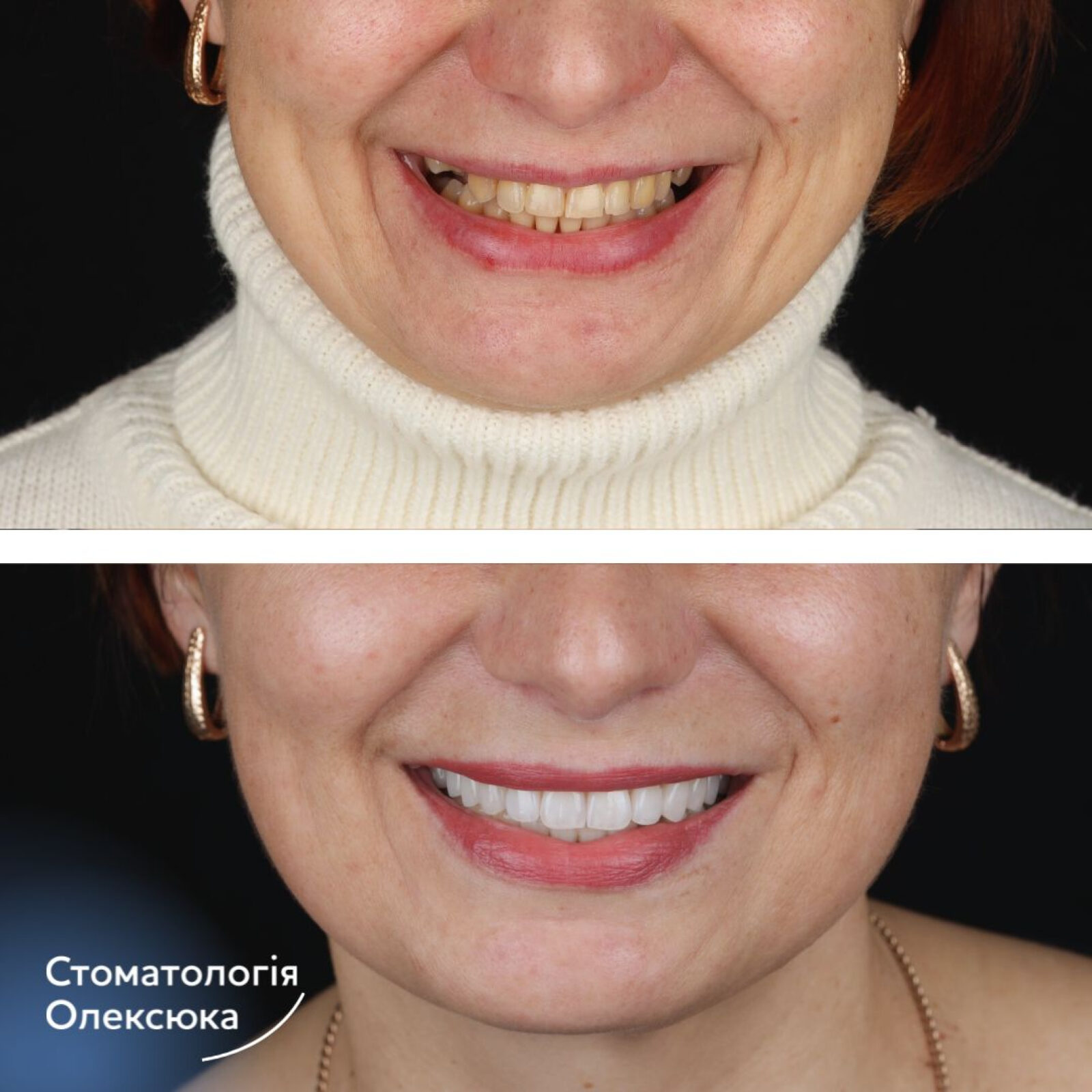Tooth extraction - Causes, contraindications, process, care and recommendations.
There are many diseases of the teeth and gums. Each of them can cause a condition that requires extraction. Therefore, even with the slightest anxiety or problem, you should urgently consult a doctor. This will not only allow you to cure the tooth at the initial stage of the disease, but will also significantly save your budget. However, if it is no longer possible to cure a diseased tooth, then it must be removed.
Important: In no case should the treatment and extraction procedure be delayed, as this may affect the integrity of the adjacent teeth, which will lead to new problems.
Most people don't go to dentistry because of a psychological fear of dentists. Almost every person will have to overcome their fear sooner or later, otherwise, their teeth will eventually start falling out. When you use the services of our dental clinic, you get not only high-quality dental treatment and extraction services, but also psychological support. Professional doctors will help you overcome your phobia and overcome your fears.
Reasons for tooth extraction.
Modern dentistry allows for tooth extraction only in cases of extreme necessity. As a rule, the main reason for this operation is the prolongation of common diseases. This is followed by various chronic diseases. For example, a cyst.
If you refuse to treat it for a long time, a gingival fistula forms, which cannot be treated. In addition, if the tooth damaged by this disease is not removed in time, the infection will spread throughout the oral cavity. Undoubtedly, this will necessitate the removal of not one but several teeth. Significant caries, the last stages of periodontitis and other advanced diseases are also reasons that lead to the need for this operation.

Indications and contraindications for tooth extraction.
Indications and contraindications for tooth extraction are divided into two groups: local and relative. A conditional group of relative indicators can also be distinguished separately:
- Lack of opportunity for quality treatment;
- perforation of the roots with any instrument;
- lack of progress in the treatment of diseases;
- teeth located at the site of the jaw fracture;
- development of infectious diseases of the oral cavity;
- development of third and fourth degree periodontitis;
- extra teeth that interfere with normal alignment with temporary dentures;
- the impossibility of placing a crown or prostheses due to significant tooth decay. Absolutely all contraindications are relative in nature. The only exceptions are those cases when the tooth extraction procedure should be carried out exclusively for personal reasons and motives of the patient.
Contraindications
Common symptoms and causes include:
- acute stage of various infections and diseases;
- various chronic diseases of the circulatory system;
- pregnancy during the first and third trimesters;
- diseases of the endocrine system;
- various diseases of the nervous system.
If any of the above reasons are found, the tooth extraction procedure can be carried out according to an individual doctor's opinion. However, in most cases, extraction is postponed until a more appropriate time.
Local contraindications include:
- herpetic lesions of the oral mucosa, lips and skin;
- stomatitis and other ulcers;
- the tooth is located in the area of malignant tumor formation.

Price.
- Tooth extraction (simple) from 1500 UAH
- Tooth extraction (complex) from 2000 UAH
- Wisdom tooth extraction from 2500 UAH
- Atypical tooth extraction (wisdom) from 4000 UAH
- Computed tomography one jaw 400 UAH
Make an appointment!
We will call you back as soon as possible to clarify the details of the appointment. If you have any questions, our manager will answer them
How the tooth extraction process works.
Just like hundreds of years ago, specialized forceps were and still are the main instruments for tooth extraction. Of course, their general design has changed significantly over time. Today, every highly skilled dentist has several types of forceps in their arsenal. Each is designed to work with a specific tooth. The choice of the type of forceps depends largely on the individual characteristics of the structure of a person's teeth.
As already mentioned, tooth extraction is conventionally divided into two types: simple and complex. Regardless of the complexity, the stages of tooth extraction are the same. First, preparation is carried out, it includes anesthesia, bending the tissue around the tooth. Then the process itself takes place. The tooth is removed with forceps. The final stage is the creation of a blood clot in the socket, which further contributes to the speed of wound healing.
We live in a time when people are constantly in a hurry and in a hurry. Because of this, the question "how long does tooth extraction take?" is of interest to almost every patient. It is important to understand that any dentist will not be able to answer this question without a preliminary examination, since the time of the operation depends entirely on its complexity and the type of tooth to be removed.
Simple tooth extraction.
In every modern dental office, the usual process of tooth extraction begins with anesthesia. Local anesthesia can be administered directly under the tooth or by injection into the cheek (depending on the patient's perception of the anesthetic). Then, using special tweezers, the gum tissue is separated from the base of the tooth. This procedure allows the dentist to firmly grasp the tooth with forceps. The doctor performs a series of movements, trying to loosen the tooth, and as a result, removes it from the socket.
There are exceptions in which tooth extraction according to the pendulum principle is impossible, in which case the movements are carried out in a circular pattern.
Difficult tooth extraction.
Complicated tooth extraction is considered such if the reason for the surgical intervention is caused:
- tumor;
- a cyst;
- periodontitis of the third and fourth degrees;
- extraction of the fourth tooth to correct the bite;
- severe root curvature.
A complex tooth extraction is any operation that cannot be performed using forceps alone. The preparatory stage also includes anesthesia, and access to the root is created. This is done by cutting the periosteum or gum. The use of a specific set of instruments and the application of a certain technique depends on the individual characteristics of the tooth to be extracted.

Healing time after removal.
The tooth healing time may vary depending on the complexity of the operation. If it was simple, the primary healing process does not take more than one month and is completely painless. It takes place in several stages:
- During the first 15 minutes, a blood clot forms.
- 4-8 days - more than half of the clot turns into granulation, while a new layer of epithelial cover begins to form.
- Two weeks - complete epithelialization of the hole occurs.
- Month - osteoid tissue fills the hole from the inside.
- A month and a half - bone tissue begins to form.
- 3-4 months - the bone tissue completely fills the hole.
The healing time of a socket after a complex extraction or after an infectious disease increases significantly. In some cases, the period can reach one year.
Care and recommendations.
It is important to understand that the process of tooth extraction belongs to the class of surgical operations. Even after a simple operation, the healing of the socket will be accompanied by quite unpleasant sensations in the oral cavity. To ensure maximum comfort after tooth extraction, you should follow these recommendations:
- In case of severe bleeding: after the operation, the dentist will put a cotton swab in the socket, but if the blood does not stop after twenty minutes, you need to replace the cotton wool yourself and apply it for another hour. In the further healing process, it is also necessary to apply a cotton swab when bleeding.
- After the anesthetic has worn off, the moment comes when the pain manifests itself. Ideally, after returning home from the dental office, it is recommended that you sleep. If the pain does not allow you to do so, you should take an analgesic.
- In case of severe pain, you can apply cooling compresses.
- Two to three days after tooth extraction, it is not recommended to engage in physical activity.
- Be sure to exclude nuts, tough meat, very hot and very cold foods, and other foods that irritate or strain the oral cavity from your diet.
What you can't do.
In addition to recommendations, there are also prohibitions. In no case should you smoke after tooth extraction:
- do not rinse your mouth, as this can cause loss of the blood clot, which in turn will significantly increase the healing time of the socket;
- do not eat food that is too hot or too cold;
- for three to five days, you should not take hot baths, go to the bathhouse, sauna, solarium, etc;
- do not stay in the cold and frost for a long time;
- Do not penetrate the socket with toothpicks or any other objects, as the slightest inaccurate movement can cause gum injury;
- patients suffering from cardiovascular diseases should monitor their blood pressure.Proper care of the tooth socket allows you to minimize the healing time. If you do not follow the above rules, the socket may become inflamed, which in the future will cause damage to the entire oral cavity, gums and neighboring teeth. In any case, if you have any problems, you should visit the dental office as soon as possible.
Alveolitis after tooth extraction.
Alveolitis is a disease characterized by decay of the tooth socket. It can occur for various reasons. Most often it occurs due to mechanical intervention and damage to the gums. A weak immune system can also cause the development of alveolitis. Signs of the development of this disease are:
- significantly pronounced aching pain;
- absence of a blood clot in the socket;
- the edges of the hole turned a bright red hue;
- severe pain is felt when touching the gums.
If at least one of the above signs appears, you should seek help as soon as possible. The fact is that in the initial stages of the development of this disease, it can be overcome using a conservative method of treatment. The dentist will select a complex of antibiotics, taking into account the individual characteristics of the patient, and put the medicine in the socket. In addition, antiseptics for rinsing the mouth may also be prescribed. If the treatment of alveolitis with medications has no effect or the disease is at an advanced stage, then surgical intervention is used.
We offer you to watch a video about Alveolite from our dental colleagues.
The dentist performs a complete cleaning of the socket from various contaminants and pus. Sometimes blood is taken from a patient's vein and placed into the socket. This procedure is necessary to create a clot and is used in cases where the vessels in the socket are excessively compressed due to intervention, and this prevents the normal flow of blood.
The cost of the tooth extraction procedure.
People who need to undergo tooth extraction often ask "how much does tooth extraction cost?". There is no definite answer to this question, since it depends on the individual characteristics of the person, the type of tooth, the complexity of the operation, etc. You should not save on your health. When you go to cheap dental clinics, you take a big risk. Agree, it's better to pay once for a quality service than to risk your health and spend money on restorative procedures after a poor-quality extraction.

Our doctors
Make an appointment!
We will call you back as soon as possible to clarify the details of the appointment. If you have any questions, our manager will answer them


















